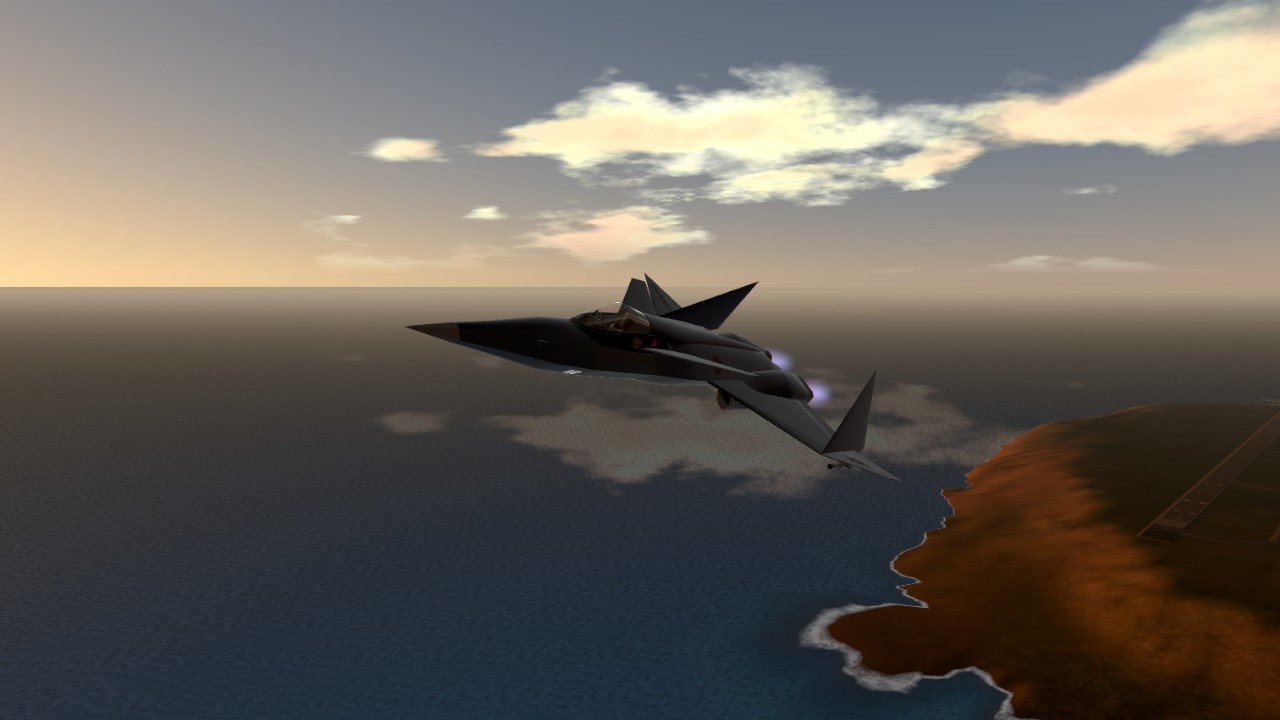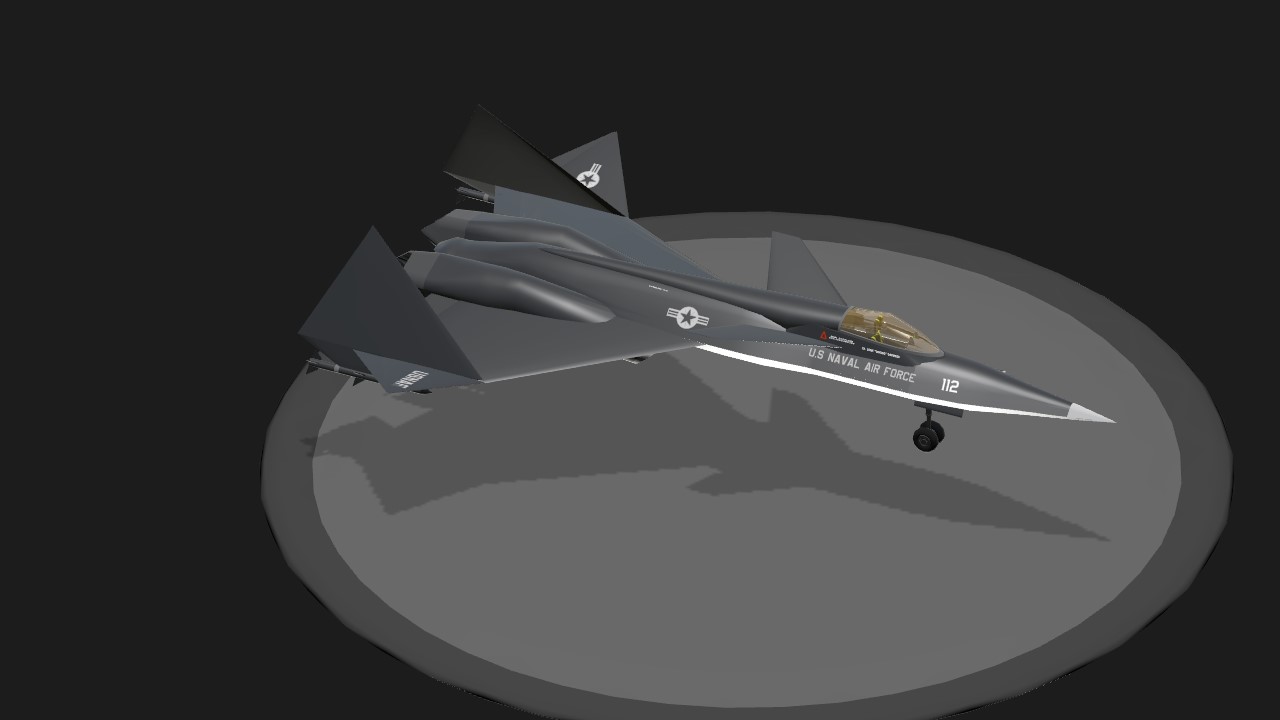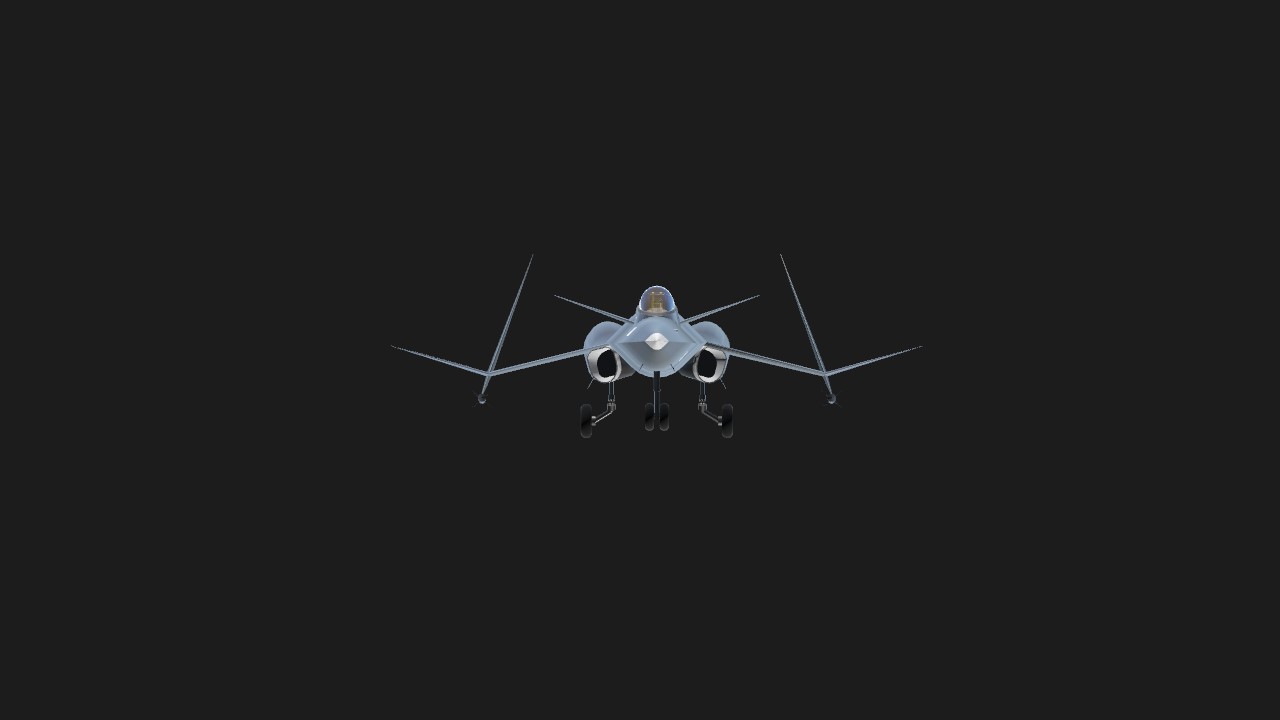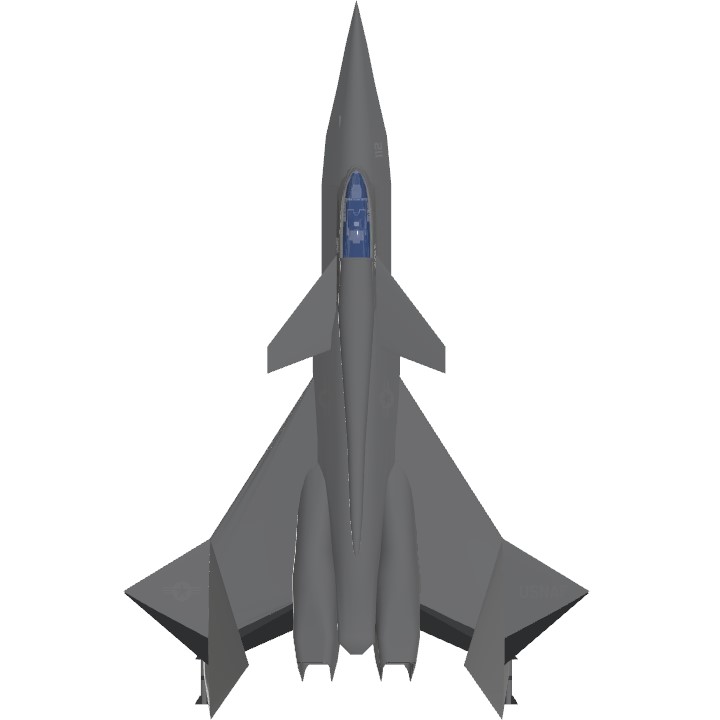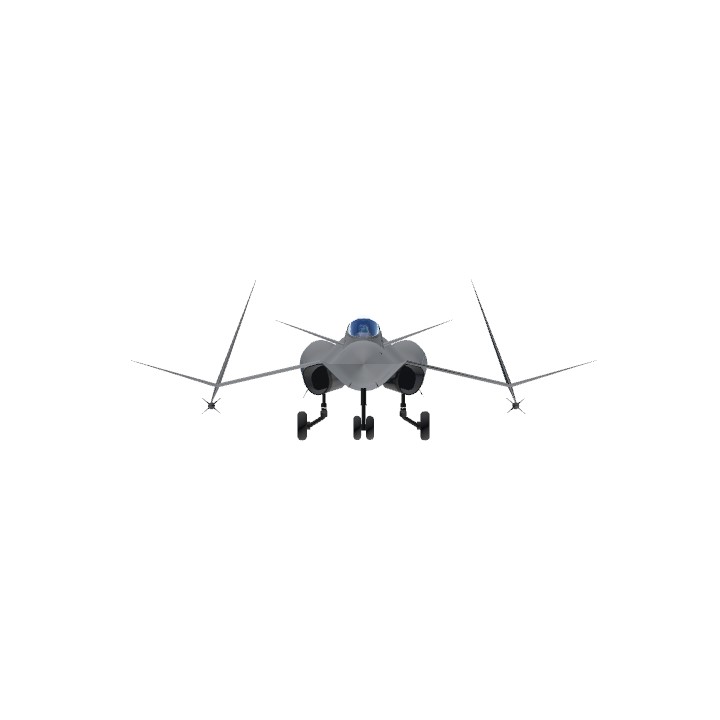F-30 “KUGELBLITZ”
SECURITY CLEARANCE: TOP SECRET SCI
Following the “disastrous” Moscow/Paris Conferences in 2034, or as the general public call it, “Warmonger’s Dinner”, every first-world nation immediately began designing newer multirole air-dominance fighters, with the war back on after a four year long peace period. From the UK’s Hawker Fireball, to the NUSSR’s MiG-59 Troynoy, more advanced technology was being used in every iteration. However, the F-30 didn’t follow the standard. Instead of designing an entirely new airframe, the United American Federation decided to improve upon the earlier F-27. The cockpit was kept identical, but with new computer software instead of an interior redesign in order to allow F-27 pilots to switch to the F-30 without much hassle. The wing sweep function was removed, as it was revealed that the mechanism would stress over time, and the polymer laminates would crack after even minimum-G maneuvers. A new wing was created, which was thinner, sturdier, and had increased stealth characteristics due to lack of variable wing sweep. The engine pods were tweaked to allow easier repairs, as well as the engines themselves, which were new General Electric X-930s. The name “Kugelblitz” was derived from the fact that due to the engine’s turbine alloys having an extreme heat reaction to the fuel, would reach incredibly high temperatures. Luckily, the alloy was virtually unmeltable, and needed a specific reaction to melt and shape. The F-30 entered service quickly, and was deployed on the frontlines by 2038. The F-30, or sometimes called the M-30, (M designation for Multirole), was a wonder in combat, and could handle high-G maneuvers much better than the F-27. The result was a cheaper, sturdier, and overall better fighter that could dominate even the best Red jet.
CONTROLS
AG1-None.
AG2-Tailhook.
AG3-Arm Missiles.
AG4-Left Engine.
AG5-Right Engine.
AG6-Afterburners.
AG7-Canopy.
AG8-Autopilot.
See my new F-30 Kugelblitz Block 30 with thrust vectoring with the redirect.
Specifications
General Characteristics
- Created On Windows
- Wingspan 31.4ft (9.6m)
- Length 47.8ft (14.6m)
- Height 10.7ft (3.2m)
- Empty Weight 3,868lbs (1,754kg)
- Loaded Weight 22,725lbs (10,307kg)
Performance
- Power/Weight Ratio 3.56
- Wing Loading 16.8lbs/ft2 (81.9kg/m2)
- Wing Area 1,355.2ft2 (125.9m2)
- Drag Points 2282
Parts
- Number of Parts 328
- Control Surfaces 4
- Performance Cost 1,570

